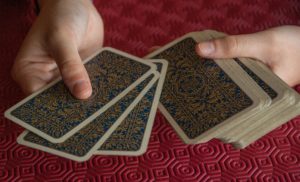 “It’s not about the cards you are dealt, it’s how you play them”
“It’s not about the cards you are dealt, it’s how you play them”
– Beatrice M Burton, Bebe’s great, great Aunt
The quote above reveals a keen insight from my namesake, Aunt Bebe. She was a gambler. In fact, I come from a long line of gamblers on my mother’s side of the family. She used to say these words when things got tough. For me, there’s a lot of clarity in this statement, and it offers a sense of agency in troubling situations. And it implies there is some skill involved.
I’d say we are living in some troubling situations! There is a lot going on in the outside world at the moment – too many disruptors to count. I’ll name some big ones: COVID-19, the stock market tanking, oil pricing conflicts, ongoing climate change, a presidential political election to navigate…whew!
What’s happening for you?
And what do you notice about the effect of all of this on you? Are you feeling stressed, cranky, terrified, angry, mistrusting, overwhelmed, hiding? Are your muscles contracted, do you have a headache, are you shutting down or pretending it’s nothing, really. Any and all of these inner conditions are understandable, and in some ways are inevitable with all that’s occurring on the US and world stage right now. We are each navigating this current context, doing the best we can, and trying to get work and life taken care of amidst many obstacles.

Back to Aunt Bebe. How does her anecdotal wisdom apply today? I translate her attitude to mean that it’s really all about what we DO with what’s coming at us. And how we BE with it. How we meet (or don’t) our experience. We always have choice, although with the current onslaught of news items, it’s not easy to remember this. We can learn to respond versus react. How do we get there?
Learning to respond versus react
Presence helps.
Presence is an internal state.
Presence is embodied.
In our Presence-Based work, we learn to use the naturally occurring triggering of our everyday lives as a way to wake-up in the present moment. To use what seems to be coming at us from the outside as a catalyst for our own development. This means a practice of noticing where we are putting our attention and to remember we have a choice. But can we feel truly at choice, especially during times like these? Let’s begin by looking at three levels of our experience through the lens of the Presence-Based work: Context, Identity and Soma.
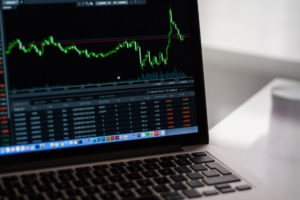 Looking at three levels of our experience
Looking at three levels of our experience
For example, we are used to looking outside ourselves at the Context and “fixing” what’s broken out there. What we don’t see is the many interconnected systems that are at work in any interaction (whether it’s between two humans or two countries). We could see that this level of interconnection is being revealed at the moment, even just taking the example of the current respiratory virus and the manner it is spreading. We do not operate in a vacuum, and it will take many of us , working together, to stem the tide of what’s occurring.
Identity is the self we take ourselves to be. Are we thinking we are a victim to these circumstances? That we have no agency, that the many impingements on our work and lives are out of our hands? Or are we in denial, or working even harder without rest to make sure our families are safe, or hunkering down in protection? Where are we placing our attention? It’s easy to get drawn into the news swirl instead of an awareness of the impact that this situation has on us inside. How can we slow down a notch and take a breath? What is our current attitude toward ourselves, our communities, our world right now? Can we access our own kindness, compassion and hope that we can work together to find real and creative solutions to what we are all facing? Can we put our attention back on our own strengths, courage, and connections and begin to decouple ourselves from all that’s happening around us so we see more objectively, and can make choices from a place of neutrality?
And how is this all affecting our Soma (body)? Soma means the body in its wholeness, and it is comprised of our biology, psychology, and whole-body nervous system. Our body is biologically wired to survive (thankfully!). Our body and psychology conditions us through many, many experiences in our lives. We have learned from those experiences, devising brilliant strategies, habits and patterns to move us toward what we want, and away from what we don’t want. And our survival instincts can get triggered easily when we feel uncertain or out of control.
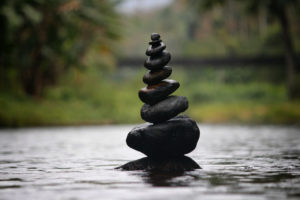
And, our body can become the ground of our Presence, and thus a resource and familiar place to rest in and take skillful action from. Are we inhabiting a posture that is supporting clear seeing, perceiving what’s happening from a more objective lens? How much actual danger are you really in at this moment? What Presence practices are you in (often these are the first to go under stress) that support the cultivation of your own sense of ground and embodiment of Presence?
Doorways to Presence
We can see that these three levels of our experience (Context, Identity and Soma) are always operating, and mostly, we live inside them in an unconscious way, that is, they are out of our awareness. These three levels can also serve as doorways to Presence. We can open and walk through any of these doors, in any present moment, and shift into a broader, more life-sustaining view. We can perceive a fuller picture of what’s actually happening in and around us. We can take additional perspectives. We can ask for help. Through an inner state of Presence, we are able to create a little wedge of space between ourselves and our Context, Identity and Soma. This move, of creating breathing space, offers increased awareness, and the possibility of choice.
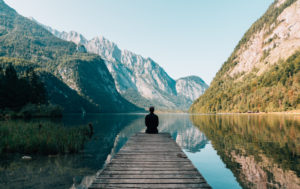 We can begin to see more of the richness of inter-connectedness in our context and notice the many systems at play. We can dis-identify from a reactive stance when we notice we feel are feeling threatened or positioned. We can widen our view of who we really are and access our gifts. We can remember what we are truly capable of creating in partnership and in community with others. We can settle our activated nervous system through state-shifting practices, such as grounding ourselves into what’s important or in our values. We can be outside in nature, or practice regular meditation or yoga. Being in the moment through cultivating our own Presence, offers us resources to support navigating these challenging times.
We can begin to see more of the richness of inter-connectedness in our context and notice the many systems at play. We can dis-identify from a reactive stance when we notice we feel are feeling threatened or positioned. We can widen our view of who we really are and access our gifts. We can remember what we are truly capable of creating in partnership and in community with others. We can settle our activated nervous system through state-shifting practices, such as grounding ourselves into what’s important or in our values. We can be outside in nature, or practice regular meditation or yoga. Being in the moment through cultivating our own Presence, offers us resources to support navigating these challenging times.
A View from Presence
A view from Presence offers us the opportunity to inhabit an internal state that is more open, flexible, resilient, creative. We can cultivate silence, spaciousness, stillness and possibility inside of us, too. Actions that flow from Presence have a different, more generative impact in our world than those that flow from contraction, judgement, rejection or numbing.
We can remember it’s not about what cards we are dealt, but it’s how we play them that counts. In the end, we are at choice, and we can choose Presence. Even though it can seem hidden from us as we live within our habitual strategies and patterns that keep us in survive mode. We can choose where we place our intention and attention and inhabit the perspective of thriving during these seemingly unstable times. We can learn to dance in the moment with what’s happening outside and inside us, and become a beacon of clarity, sanity and new perspectives while embodying skillful actions that create the results that matter.
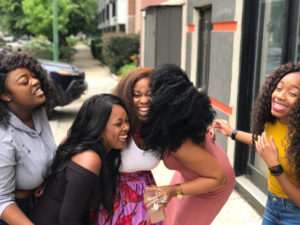
Here are some questions to support your remembrance of Presence:
- What am I choosing in this moment?
- How am I being asked to grow here?
- How is this situation outside me actually a catalyst for my own development inside me?
- Who am I becoming, in this moment?
- How might I shift my inner state to be a resource for myself, my loved ones, my colleagues and communities right now?
- What grounded and skillful actions do I need to take next?
- How will I play the cards I’ve been dealt?

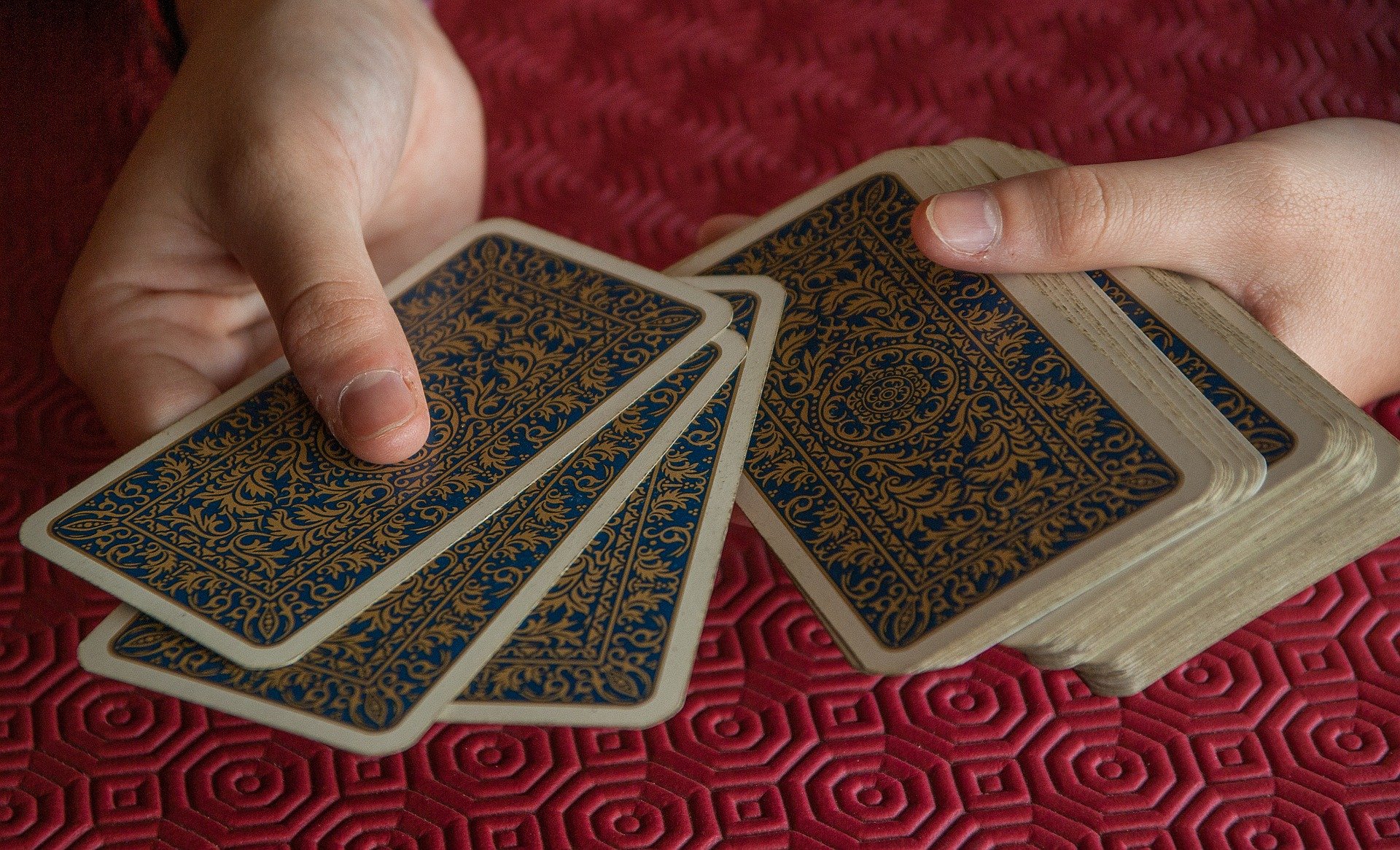

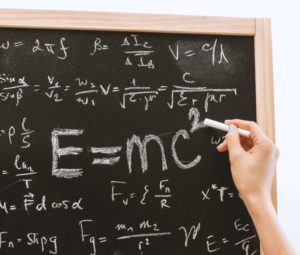 What I know: I love and feel deep resonance with the Presence-Based work. It fits my passions and skills well and I have developed adeptness in it and embodiment of it. I admire its power to impact those who offer/practice this methodology as coaches or experience it as clients. I relish the joy I feel as someone I am working with has an insight that shifts them towards what most matters to them. I align with my purpose through this material. I enjoy being of service using presence to support others to become their biggest and best selves.
What I know: I love and feel deep resonance with the Presence-Based work. It fits my passions and skills well and I have developed adeptness in it and embodiment of it. I admire its power to impact those who offer/practice this methodology as coaches or experience it as clients. I relish the joy I feel as someone I am working with has an insight that shifts them towards what most matters to them. I align with my purpose through this material. I enjoy being of service using presence to support others to become their biggest and best selves.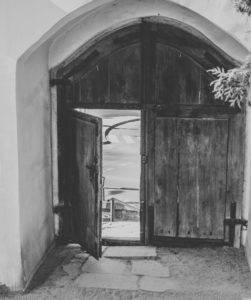 What I don’t know: The demand for coaches, and organizations who train them. How the Presence-Based Leadership material will be received by leaders (and their coaches). How this Presence-Based work will evolve and what it may ultimately look like/turn into over the years with various iterations and contributors. What disruptors, innovations and market demands (e.g. technology) may affect the way training is even done or preferred in the future.
What I don’t know: The demand for coaches, and organizations who train them. How the Presence-Based Leadership material will be received by leaders (and their coaches). How this Presence-Based work will evolve and what it may ultimately look like/turn into over the years with various iterations and contributors. What disruptors, innovations and market demands (e.g. technology) may affect the way training is even done or preferred in the future. What I can’t know (the unknowable): My health (or the health those whom I love). The world’s political, economic, environmental, technological and business contexts. What new local or global trends may emerge that will affect coaching, coach training and leadership development work. Will this Presence-Based Coaching and Leadership work, which seem so vital and needed today, still be relevant down the road?
What I can’t know (the unknowable): My health (or the health those whom I love). The world’s political, economic, environmental, technological and business contexts. What new local or global trends may emerge that will affect coaching, coach training and leadership development work. Will this Presence-Based Coaching and Leadership work, which seem so vital and needed today, still be relevant down the road? Using the Known, Unknown, and Unknowable to Navigate Complexity
Using the Known, Unknown, and Unknowable to Navigate Complexity